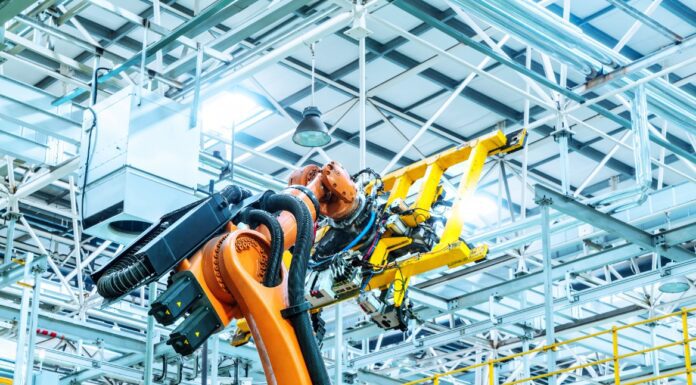
Sponsored Content byEpicor
One of the major challenges for modern manufacturers in the post-pandemic era is the reliability of its supply chain. When building material and critical components used in the production line fall short, productivity drops, and operational costs can rise very quickly. In fact, a disruption can cost an organization 45% of one year’s profits over the course of a decade.
It is shown that technology can mitigate much of that uncertainty. Insights generated from internal operational data can be used to anticipate, even prevent, many of the scenarios causing unnecessary downtime.
The commonly encountered supply chain issues include delay in the arrival of inventory or raw materials, and insufficient expertise or technology to capture, analyse and manage data in the supply chain.
Supply chain issues that began during the pandemic have persisted, leaving many manufacturers scrambling to find and certify new suppliers—often with increased prices.
According to “The Supply Chain of the Future” ebook from Epicor, 71% of manufacturers are already redesigning their supply chains with technology, while 58% are increasing their supplier base.
The foundation for a resilient supply chain is advanced digital technology. Now more than ever, there’s a huge opportunity for manufacturers to implement technology that’s more accessible, better at collecting useful data, and enabling workers to excel in their jobs. With information stored in the cloud, data becomes more accessible across the business and functional areas. Mobile computing devices, along with fast mobile internet connection in remote location, has redefined the definition of work accessibility and teamwork. Transforming to digital, cloud-enabled technology is proven to drive growth, mitigate risk, and optimize costs.
The key is to innovate with intent and build a strategic roadmap to success. This includes a focus on structural resilience, staying agile with advanced analytics, and adopting a long-term approach to supply chain resilience.
For more information, and to read the full eBook “The Supply Chain of the Future,” click here.



















